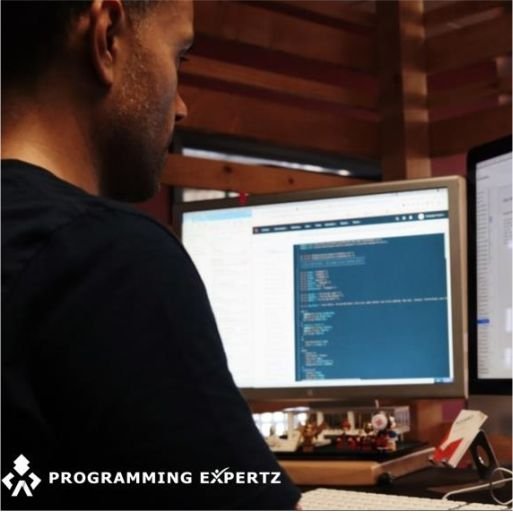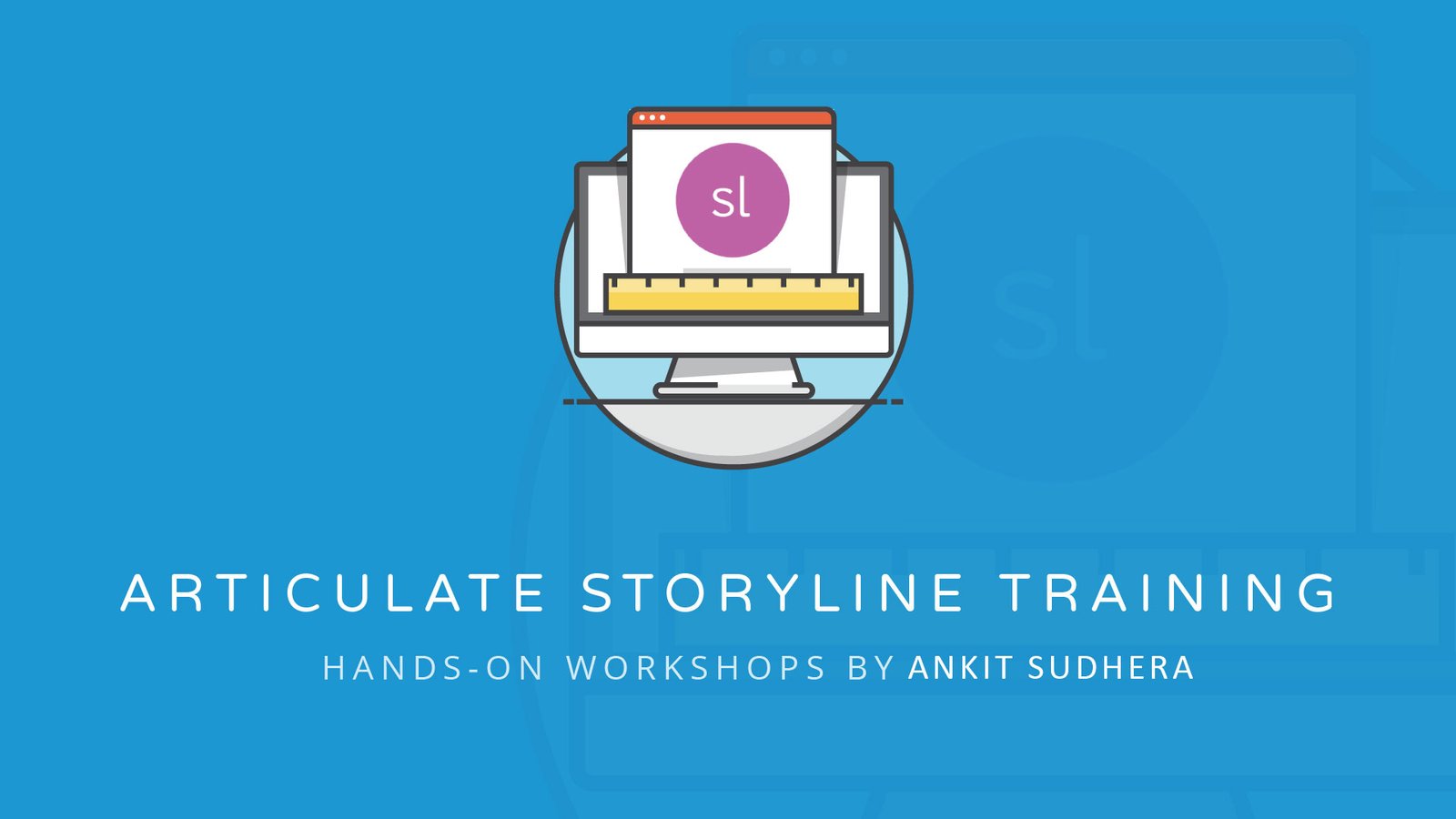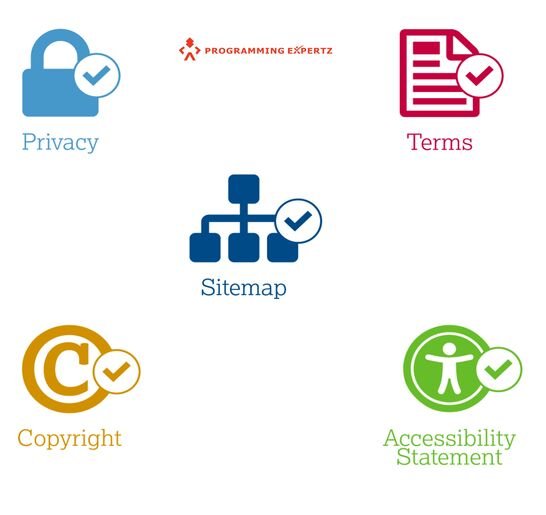Every year’s web design trends promise to transport us to the sci-fi future of our desires, owing to their technological foundations. However, the projections for 2021 submitted by our global community of web designers indicate the contrary. The web design trends for 2021 appear to have a common theme: rather than pursuing hi-tech fantasy, web designers are pursuing new levels of realism. They are fusing the digital and the physical worlds in ways never seen before, demonstrating how pervasive websites have become in everyday life. Thus, the nine web design trends for 2021 listed below really breathe life into the digital world. In 2021, various web design trends will be huge —
- Animation in parallax mode From micro-interactions to particle backgrounds, web-based animation trends have grown in popularity year after year. Web animations in 2021 get even more sophisticated as page items are separated into foreground and background extremes, resulting in a parallax effect. Parallax is an optical illusion when items close to the spectator appear to move quicker than objects farther away. Although we observe this in everyday life—for example, while driving and observing passing scenery—the impact on online pages appears to be equal parts genuine and surreal. The depth generated by foreground and background also provides an element of immersion, changing the computer screen into something more akin to a theatre stage. Users are attracted to the web page’s convincing performance as if by magic as they traverse it. And, after all, isn’t that how the internet is intended to feel?
- Neumorphism – Neumorphism has exploded in popularity over the last year, and by 2021 it is expected to bring in the paradoxical age of minimalist reality. The style is a descendant of skeuomorphism, which integrates reconstructions of vintage materials into contemporary designs. It was popular on app icons throughout the early 2010s. This approach was overtaken mainly by flat design, which reduced icons and colors to make them less realistic but more consistent and easily recognizable. Neumorphism is a synthesis of the two movements, characterized by designs that imitate physicality through selective drop shadows layered with semi-flat hues. Typically, the result is reminiscent of digital embossing or debossing. It enables designers to recover the tactile feel lost during the flat design period, which increases the user’s relationship to the design with which they are interacting. Expect to see this stylized realism everywhere in the digital designs of 2021, including buttons, search bars, and text boxes.
- Abstract compositions of art Abstract shapes are geometric primitives such as squares and circles, which can appear simple, minimalist, and confining. However, in 2021, web designers will incorporate them into massive, sophisticated compositions that exude freedom. In most cases, these abstract art compositions are used instead of stock photographs and figure representations. While they may contain images of humans, they still elicit emotion in their absence. Their exploding, Pollock-inspired compositions are energizing, and their abundance of brilliant colors is infectiously warm. As a result, web pages feel expressive and alive, even when no human faces are present.
- Comfy hues – With the job market becoming increasingly digital these days, most people spend most of their time on computers. As a result, users frequently endure eye strain due to gazing at screens for extended periods. Web designers have taken this into account by developing color schemes that are gentler on the eyes. This partially explains the appeal of last year’s dark mode trend, which served as a counterpoint to the overwhelming whiteness of screen-based media. In 2021, web designers will think beyond the binary opposition of dark and light. They have discovered a happy medium in soft color palettes such as healthy greens, pastel blues, warm browns, and light pinks. Not only do these make website colors less disorienting than pure black or pure white, but they also naturally encourage peace and relaxation. This tendency as a whole is a promising sign that future web designers will prioritize accessibility and comfort above dramatic innovation.
- Web design for charitable purposes The COVID-19 epidemic and the subsequent shelter-in-place orders that followed have transformed the internet into a haven. Not only have virtual conferences become the norm for social gatherings and entertainment, but many brick-and-mortar businesses have relied on the internet to survive. And web designers rose to the occasion, developing meaningful and practical designs.
In 2021, web designers will continue to respect their role in assisting the globe in navigating difficult times. This entails brands designing their websites around their ideals, such as their commitment to sustainability or community involvement. This entails brands embracing stock photography that accurately depicts genuine, diverse customers. It entails increasing the number of digital places dedicated to raising awareness about social issues through interactive tools such as visualizations and simulations. And it entails an expansion of the tools and methodologies available for do-it-yourself web design, making website production accessible to everyone.
Are you prepared for the leading web design trends of 2021?
The top 2021 web design trends resemble less design from a science fiction film and more design in everyday life. This demonstrates how pervasive websites have become as a part of our lives and how the designers of 2021 are bringing them back to earth. What are your predictions for the future of web design trends? Leave your predictions in the comments section below.








